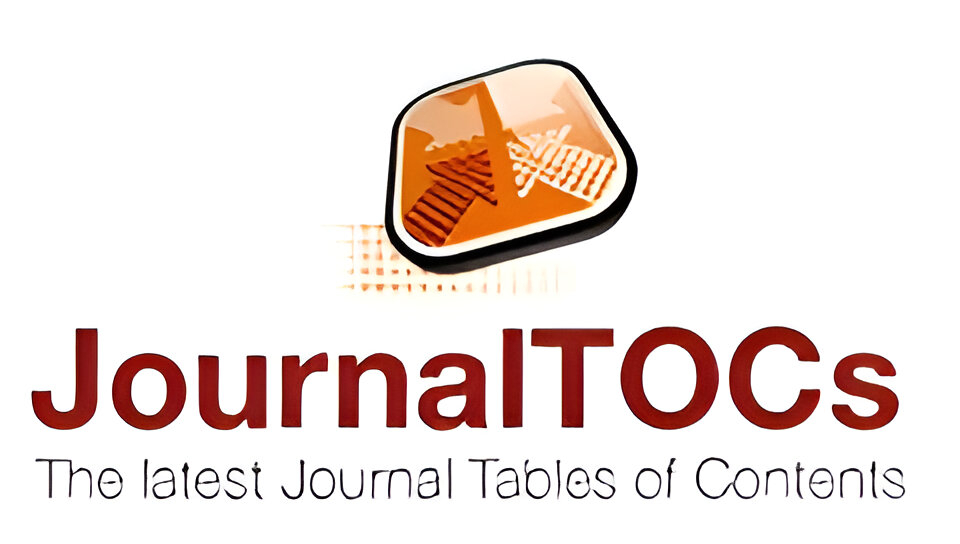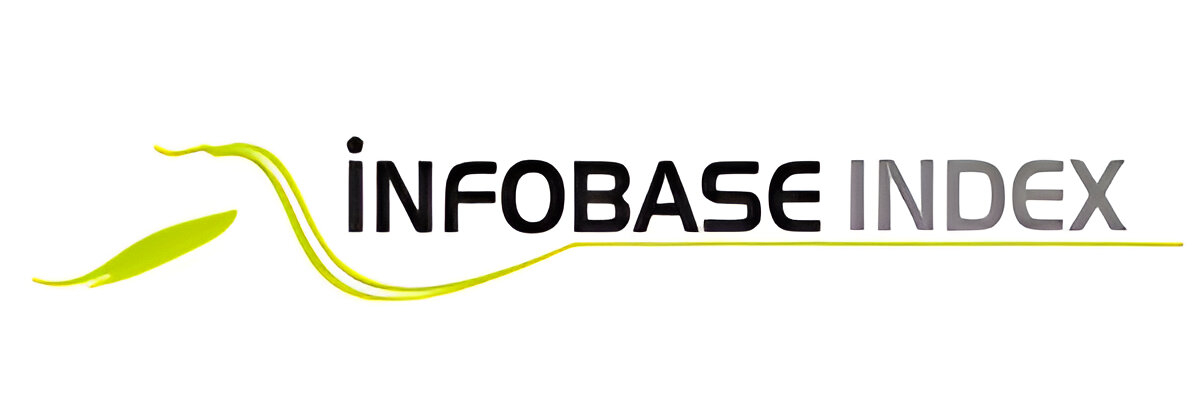DEEP LEARNING CONVOLUTION NEURAL NETWORK FOR LARVAE IMAGE CLASSIFICATION
Keywords:
Larvae Image Classification, Convolutional Neural Network (CNN), Deep Learning, Traditional Methods, Manual Feature Extraction, Handcrafted Algorithms, Variations In Lighting, Scale, And Orientation, Discriminative Features, Labeled Data, Scalable And Adaptable Solution, Biology, Ecology, And Agriculture, Diverse Datasets.Abstract
The classification of larvae images is a vital task across multiple domains, including biology,
ecology, and agriculture. Traditional methods employed for larvae image classification often rely on manual
feature extraction and handcrafted algorithms, resulting in time-consuming processes and limitations in
effectively handling large datasets. Such methods may struggle with variations in lighting, scale, and
orientation, leading to reduced classification accuracy. Additionally, adapting traditional techniques to different
larvae species can be challenging and require expert knowledge. This research presents the development and
implementation of a Convolutional Neural Network (CNN) based on deep learning for larvae image
classification. The proposed deep learning CNN architecture aims to surmount the limitations of existing
systems by autonomously learning discriminative features from larvae images. This approach reduces the
reliance on manual feature engineering and enhances the model's ability to accommodate diverse datasets and
various species. Through extensive training on labeled data, the CNN model becomes proficient in accurate and
efficient larvae image classification. The proposed system offers a scalable and adaptable solution for
researchers and practitioners in the field, contributing to advancements in larvae-related studies and
applications.











